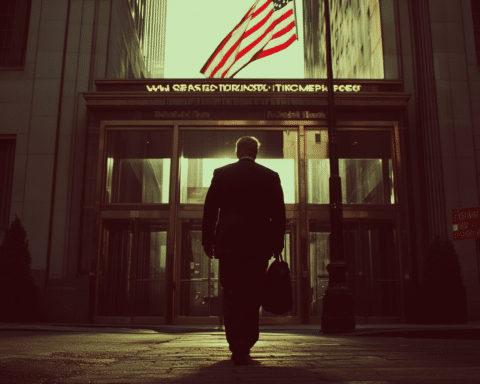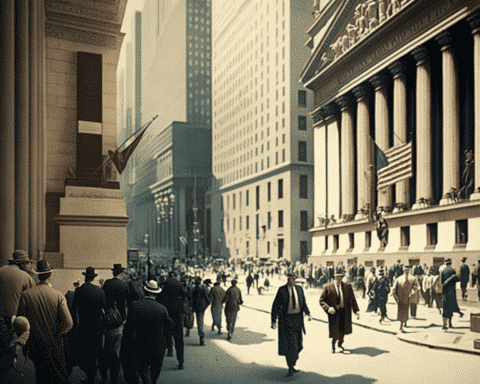It was a scene reminiscent of the financial crisis that unfolded nearly 15 years ago: Regulators and policymakers in Washington, alarmed by an emerging banking sector emergency, turned to Wall Street for assistance.
This week, the crisis centred on San Francisco’s First Republic Bank, previously the envy of the banking sector due to its affluent and well-travelled clientele. The bank faced turmoil as some customers withdrew billions of dollars.
By Tuesday, it was evident to policymakers that First Republic needed rescuing to avoid failure, according to two people familiar with the matter who spoke anonymously to The Associated Press. Consequently, the nation’s top banks set aside their competitive nature to support the First Republic. A coalition of lenders, facilitated by Washington, deposited $30 billion in uninsured funds into the California-based bank to demonstrate their support.
This cash infusion provides First Republic with a lifeline while it searches for a buyer. Regulators hope this move will reinforce confidence in the overall health of the banking system.
Although the recent banking industry troubles do not match the severity of the 2007-2009 crisis that led to the Great Recession, the federal government’s failure and seizure of Silicon Valley Bank and Signature Bank has raised concerns among regulators.
Treasury Secretary Janet Yellen and other bank regulators concluded that a private rescue package was necessary to prevent the crisis from escalating. Among the first contacted by Yellen and her colleagues were Jamie Dimon, chairman and CEO of JPMorgan Chase & Co., who had played a similar role in the 2008 banking crisis.
Dimon quickly built a coalition of banks willing to deposit with the First Republic. This rescue was relatively straightforward compared to the 2008 crisis, as the First Republic needed money to replace the withdrawn deposits. Wall Street banks, flush with cash for years, could quickly provide this support.
Despite the rescue effort, whether First Republic’s difficulties have been fully resolved remains to be determined. The bank’s shares fell more than 30% on Friday after it reduced its annual dividend as part of the rescue package, with claims down nearly 70% this week alone.

This week, investors also sold off banking stocks, primarily targeting smaller regional banks such as Zions Bank, Fifth Third, Huntington Bank, and Comerica. Concerns center around whether these smaller regional banks, which hold large quantities of Treasuries and mortgage-backed securities, may be forced to revalue their bond portfolios.
“There’s still a lot of unknowns,” said Ross Mayfield, investment strategy analyst at Baird, commenting on the uncertainty surrounding banks’ investments and liquidity. “Most investors who have been in the business for a while, it’s hard not to call back to memory 2008, 2009, even if it does look quite different,” Mayfield added.
The ongoing uncertainty in the banking sector has prompted regulators to monitor the situation closely to prevent a repeat of the 2008 financial crisis. While the current turmoil is not on the same scale, the recent failures of smaller banks have raised red flags, warranting increased vigilance.
As part of the effort to restore stability and confidence in the banking system, regulators are expected to scrutinize the risk management practices of smaller and mid-sized banks more closely. This increased scrutiny could lead to the implementation of new regulations or guidelines to strengthen these institutions’ resilience against financial shocks.
Meanwhile, the rescue of First Republic Bank by the coalition of lenders has highlighted the importance of collaboration within the financial sector. The willingness of banks to put aside competitive instincts and work together during times of crisis showcases the sector’s commitment to maintaining stability and preserving customer confidence.
However, some experts argue that the rescue of struggling banks does not address the underlying issues, such as vulnerability to excessive interest rate risk, which contributed to their distress in the first place. For example, analysts at Moody’s credit rating agency noted this concern while placing several midsize banks on a list for potential downgrades.
In the coming weeks and months, regulators and the banking industry must work together to identify and address the root causes of the current turmoil. This may include reassessing risk management practices, implementing new regulations, and exploring innovative solutions to bolster the resilience of smaller and mid-sized banks in the face of financial challenges.
As the situation unfolds, investors and market participants will be watching closely, hoping that lessons learned from the 2008 crisis can help avert another full-blown financial meltdown.




